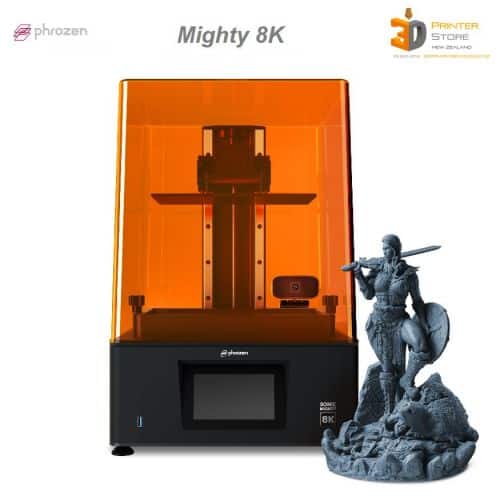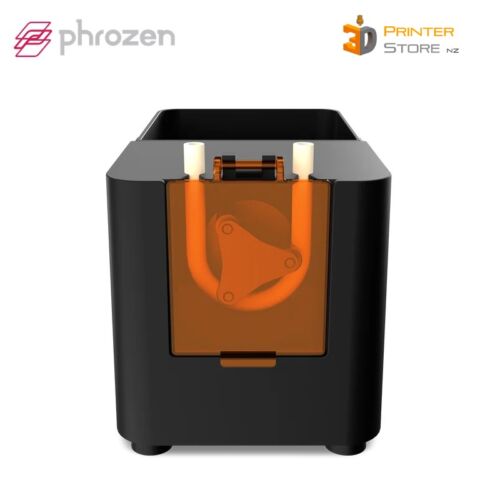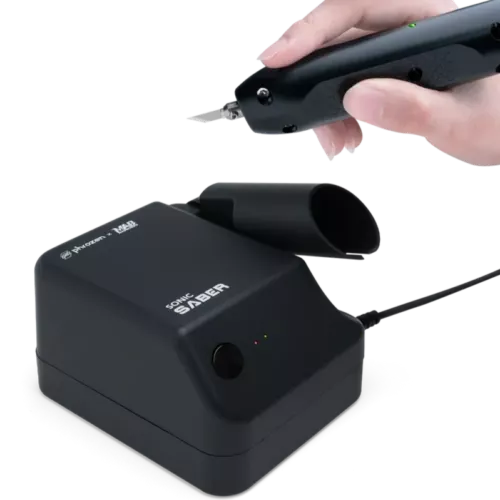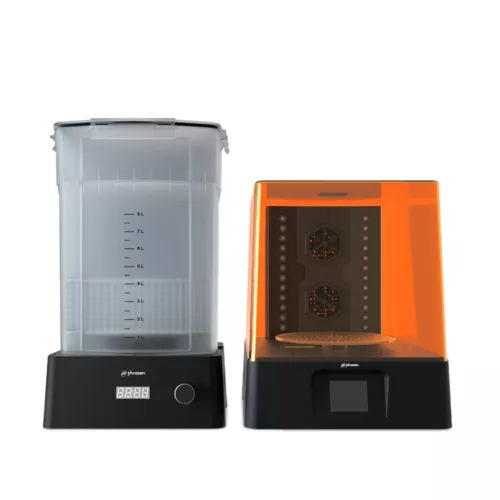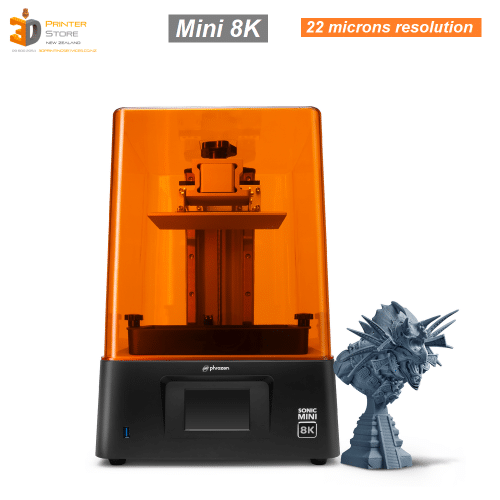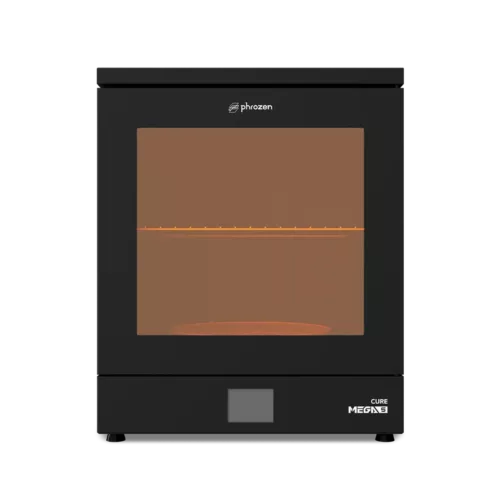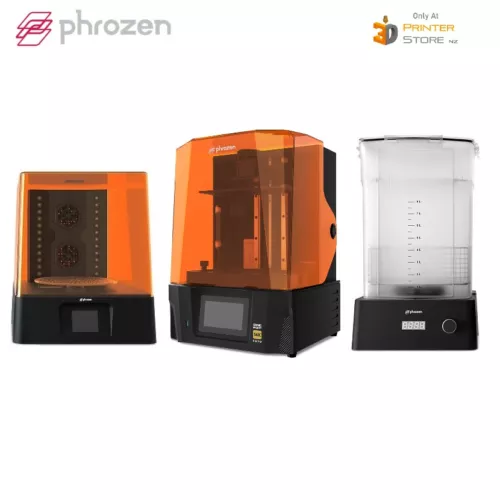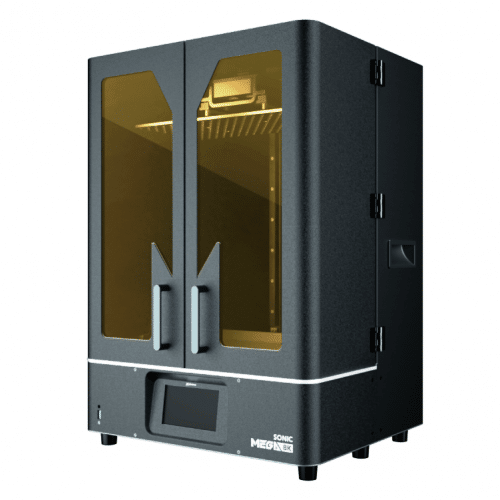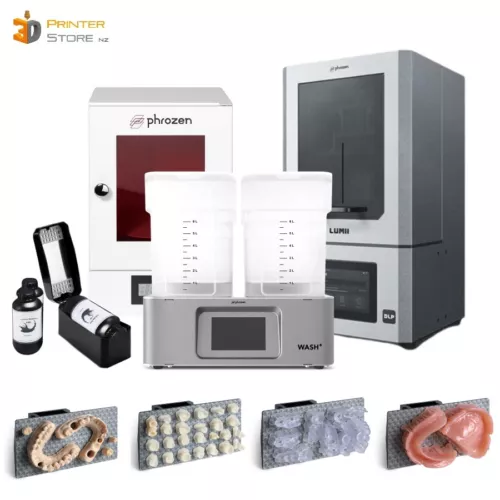Resin 3D Printers use liquid resins, & form parts using UV light. With liquids being used, you don’t see separate layer lines.
They are also incredibly fast compared to FDM filament printers.
If you want fast print times, don’t chase 12000mms acceleration or 600mms speed on a FDM, they’re no where close to what a good resin 3d printer can do for you.
If you want factory quality parts that would be end-use worthy, strong, durable & fit to be in your customer’s hands, then resin 3d printers are the solution.
Resin 3D printers are amazing at creating fine detailed parts (even jewellery) & the parts surface finish is comparable to injection moulded factory quality parts.
Embrace the new direction of 3d printing today & upgrade your 3d printing experience.

